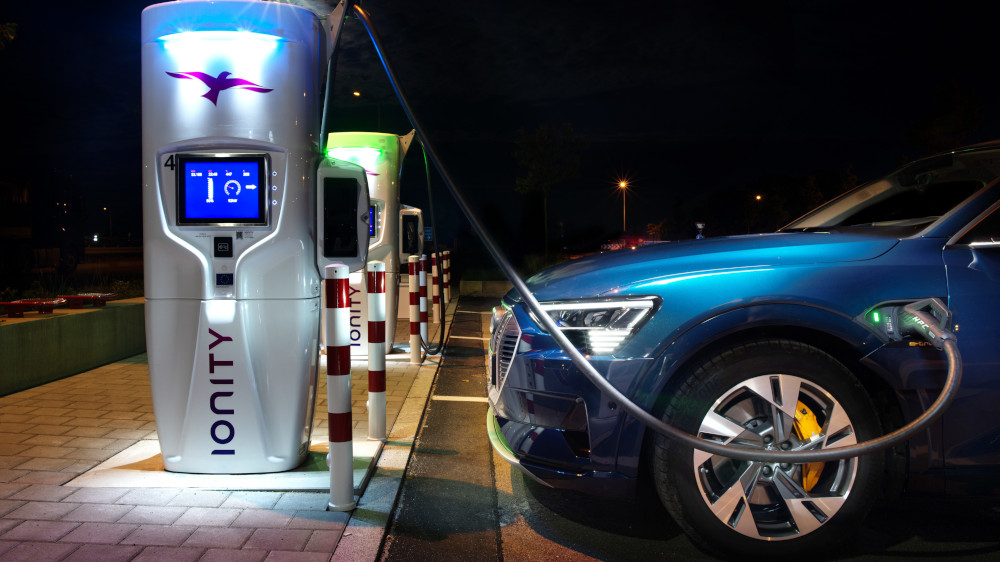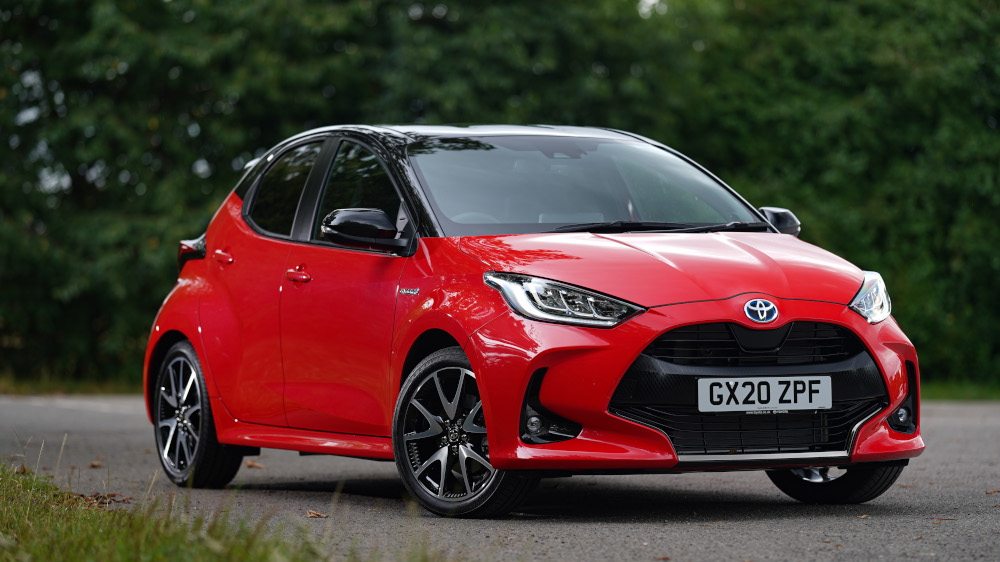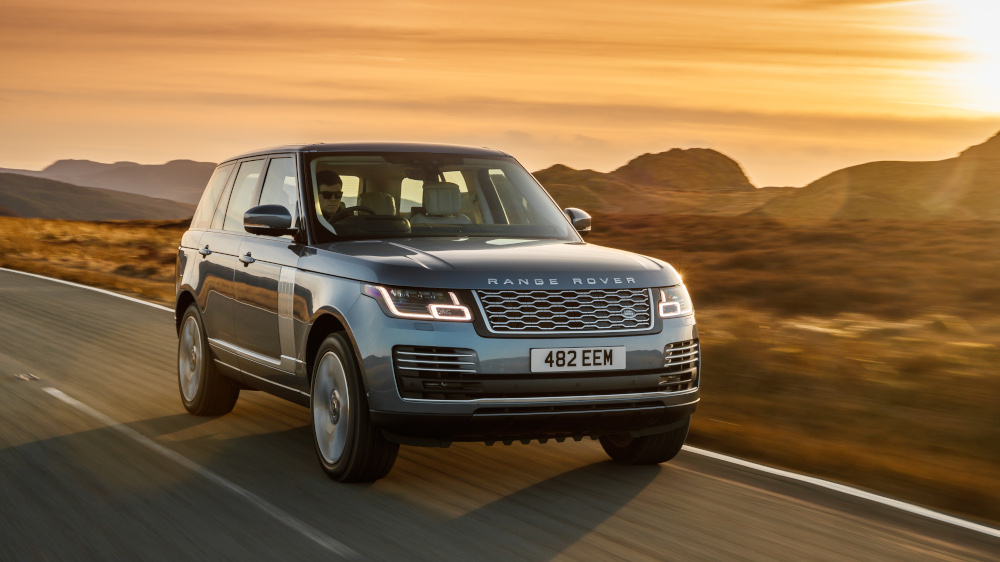A new mindset
Electric cars require recharging which is essentially the equivalent to refueling a conventional car. For electric car owners with a home wall box installed most journeys can be covered by charging at home.
Most electric car users charge their car overnight at home (60%) and at their workplace (30%). Just 10% of recharges are carried out elsewhere. 7% are at destinations such as shopping centres and only 3% take place on route using rapid chargers.
Running an electric car is similar to using other battery powered devices such as laptops and mobile phones which require regular, yet convenient charges.
Find out more and view the latest electric and hybrid models with Inchcape.


How to charge an electric car
Just like charging any electric device, such as a mobile phone, charging your car’s battery is simple:
- Choose a charging location, whether at home using a home wall box or public charging unit. At a public unit you will need to follow the instructions for payment and charging on the screen of the unit. Most of these have a contact number if you need any assistance.
- Locate the charging port on your car, these are mostly commonly on the front wing of the car. On plug-in-hybrid cars you’ll have an AC port, fully electric cars have AC and DC ports.
- Connect the cable, if at home or using an AC charger, use your charging cable. If at a DC charging station the cable is attached to the unit, pull this over to the car.
- Let the car charge – refer to your manual to identify what the LED status light means. When your car is charged most have a continuous green light.
- Track the charge using the app for your car. You can lock your car whilst it is charging and get on with your day. When your return you can unplug the car and drive.
Put simply there are two types of electricity that electric cars can use. Alternating current (AC) and direct current (DC). Power from the National Grid is always AC, but batteries can only store DC power.
When using an AC charger, the car must convert the power from AC to DC using an onboard charger and converter, then store the DC energy in the battery. DC chargers don’t require any energy conversion so are quicker to charge the battery.
The time to charge a battery depends on four factors:
- Charging unit – a unit with a higher rated kW will charge a car quicker, such as rapid public chargers.
- The vehicle’s capabilities. If the power requires converting to DC this can take more time.
- Battery capacity – the larger the batter, the longer it will take to charge.
- External factors – such as: temperature (charging is slower in cold weather) and the percentage of battery charge. The final 20% of battery charging takes longer to protect the battery. The batteries used in cars are designed to last the lifetime of the car but manufacturers recommend regularly charging to 80% day to day to maintain battery health and charging to 100% for longer journeys.
Where to charge an electric car
A wall box is the best way to charge an electric car at home. To have a home box installed you will need off road parking. Location of the wall box depends on where the car is normally parked, location of home fuse box/meter. Most installations are simple and don’t require any additional work or upgrades to the property.
A car be charged using a 3 pin socket but this is a slow and inefficient way of charging so a wall box is the best method.
Contact Inchcape for more information on the day to day running of an electric car and find out how one could fit in your life.
Public chargers can be found in many locations such as motorway service stations, workplaces, shopping centres and car parks. Most of these can be accessed in four ways.
- Plug and play – no need to sign up or pay, just plug the car in and it charges.
- App enabled – use the app to access the charger, plug into the car and the app collects billing information.
- RFID Card – the card gives you access to the charger.
- Contactless – tap your card to pay for charging.
Public chargers are owned and operated by different companies. The largest of which is Polar who run 80% of public chargers. You can sign up to Polar for £7.85 a month to access over 7,000 charging points.
Apps such as Zap-Mapp app and your car’s navigation can help you locate your nearest public charging point.
Contact Inchcape for more information on the day to day running of an electric car and find out how one could fit in your life.
When a wall box cannot be installed, electric car drivers will have to use work and public charging. You can find nearby chargers using apps such as the Zap-Mapp app and your car’s navigation is likely to be able to find nearby charging points.
You can also request the council to install a charging point on your street.
Contact Inchcape for more information on the day to day running of an electric car and find out how one could fit in your life.
When charging at home an electric car costs approximately 4p per mile, a petrol car can cost up to 20p per mile. The total cost of a charge is about £8 at home.
Workplaces, supermarkets and car parks often offer free charging for the duration of your stay. Whilst other locations such as rapid charging points can cost about £6.50 for a 30min charge, which is enough for over 100 miles of driving.
Contact Inchcape for more information on the day to day running of an electric car and find out how one could fit in your life.






